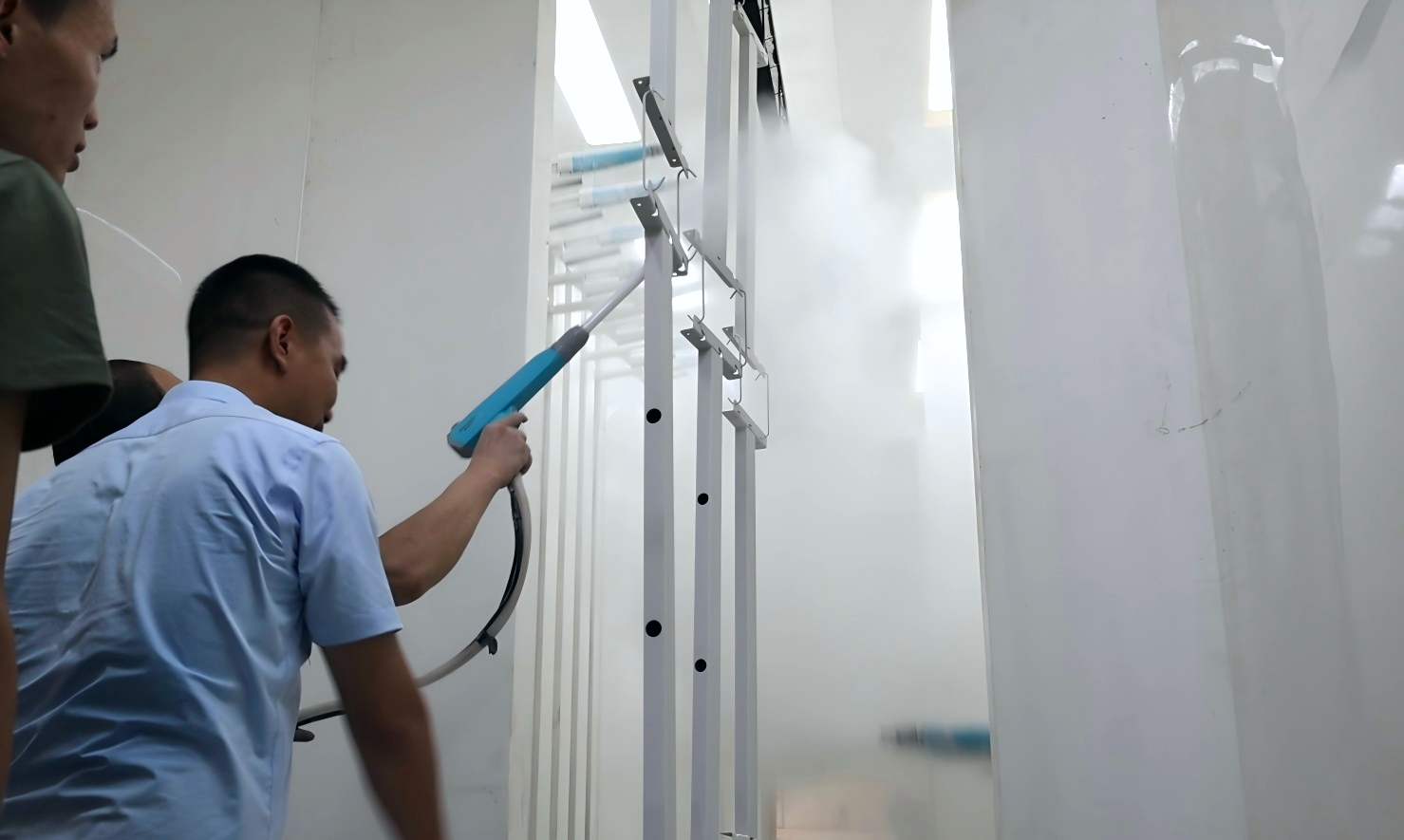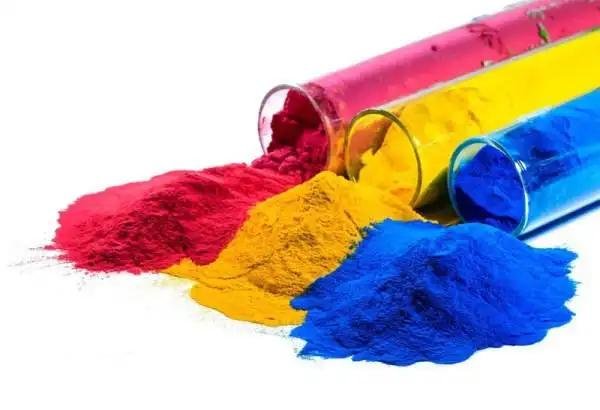
Powder coating is known for its durability and smooth finish, but can you apply multiple coats for extra protection or aesthetic purposes?
Yes, people can apply multiple coats of powder coat. This is commonly done for added durability, enhanced appearance, or special effects like two-tone finishes. However, applying multiple layers requires proper techniques to ensure adhesion and prevent defects.
Understanding the correct process for layering powder coats will help you achieve the best results.
What is Powder Coating and How Does It Work?
Powder coating is a dry finishing process where an electrostatically charged powder is sprayed onto a surface and then cured in an oven. The result is a tough, uniform finish that resists corrosion, chipping, and fading.
Powder coating is preferred for its durability, environmental friendliness, and superior finish compared to traditional liquid paint.
Applying multiple coats follows a similar process but requires specific techniques to avoid issues like poor adhesion, orange peel texture, and excessive thickness.
Is It Possible to Apply Multiple Coats of Powder Coat?
Yes, but there are challenges:
- The first layer of powder creates an insulating barrier, making it harder for subsequent layers to adhere.
- Improper curing can cause peeling (delamination) or uneven finishes.
- Each additional coat requires adjustments in voltage settings and application techniques.
When Multiple Coats Are Used
- Clear Coating: A clear topcoat adds gloss and protection.
- Chrome & Metallic Finishes: Chrome powders need a clear coat to prevent oxidation.
- Two-Tone or Multi-Color Designs: Different colors are layered for aesthetic effects.
- Extra Durability: Industrial applications may require thicker coatings for added protection.

Challenges and Risks of Multiple Powder Coats
1. Adhesion Problems
Each layer must bond properly to avoid peeling. A partially cured base coat improves adhesion for the next layer.
2. Over-Curing Issues
Excess heat can weaken the coating. It's important to adjust curing times to prevent brittleness and surface defects.
3. Equipment Limitations
Cheap powder guns struggle with multiple layers due to reduced powder attraction.
Using a grounding rod and reducing KV (kilovolt) settings helps improve efficiency.
4. Surface Defects
Applying too much powder at once can result in:
- Orange peel texture
- Bubbling or pinholes
Spraying thin, even layers is the best way to avoid these issues.
How to Successfully Apply Multiple Coats of Powder Coat
Step-by-Step Process
1. Prepare the Surface Properly
- Clean and degrease the object thoroughly.
- Sandblast or chemically strip old coatings if necessary.
2. Apply the First Coat
- Spray the first layer evenly across the surface.
- Cure partially (about 60% of full cure time) to improve adhesion for the next coat.
3. Allow Cooling & Grounding
- Let the part cool to room temperature before applying the next layer.
- Ensure the grounding connection is still effective — remove powder buildup from hooks or grounding clips.
4. Adjust Powder Gun Settings
- Reduce KV settings by 50% to improve powder attraction for the second coat.
- If using a low-cost gun, a grounding rod can help improve the charge transfer to the part.
Applying multiple coats of powder can achieve stunning finishes and long-lasting protection, but success depends on careful technique and proper equipment settings.
